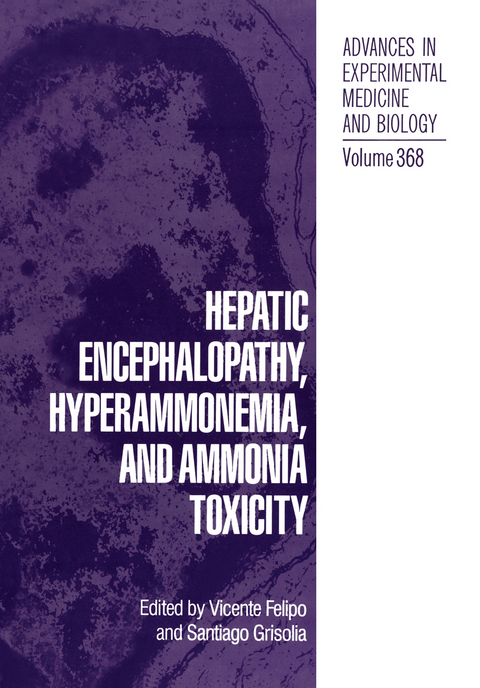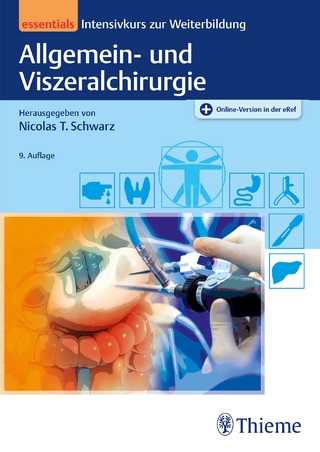
Hepatic Encephalopathy, Hyperammonemia, and Ammonia Toxicity
Springer-Verlag New York Inc.
978-1-4613-5820-6 (ISBN)
Animal Models of Hepatic Encephalopathy and Hyperammonemia.- Brain Metabolism in Encephalopathy Caused by Hyperammonemia.- In Vivo Brain Magnetic Resonance Imaging (MRI) and Magnetic Resonance Spectroscopy (MRS) in Hepatic Encephalopathy.- Role of the Cellular Hydration State for Cellular Function: Physiological and Pathophysiological Aspects.- Astrocyte-Neuron Interactions in Hyperammonemia and Hepatic Encephalopathy.- Spinal Seizures in Ammonia Intoxication.- Molecular Mechanism of Acute Ammonia Toxicity and of its Prevention by L-Carnitine.- Portal-Systemic Encephalopathy: a Disorder of Multiple Neurotransmitter Systems.- The GABA Hypothesis: State of the Art.- Neuropharmacologic Modulation of Hepatic Encephalopathy: Experimental and Clinical Data.- S-Adenosyl-L-Methionine Synthetase and Methionine Metabolism Deficiencies in Cirrhosis.- Diagnosis and Therapy of Hepatic Encephalopathy.- Neomycin Reduces the Intestinal Production of Ammonia from Glutamine.- N-Acetylglutamate Synthetase (NAGS) Deficiency.- Ornithine Transcarbamylase Deficiency: A Model for Gene Therapy.- Retroviral Gene Transfer for LDL Receptor Deficiency into Primary Hepatocytes.- The Carnitine System: Recent Aspects.- Use of Hepatocyte Cultures for Liver Support Bioreactors.- Hepatitis C Viral infection after Orthotopic Liver Transplantation.- Exercise-Induced Hyperammonemia: Skeletal Muscle Ammonia Metabolism and the Peripheral and Central Effects.- Possible Role of Ammonia in the Brain in Dementia of Alzheimer Type.- Contributors.
| Reihe/Serie | Advances in Experimental Medicine and Biology ; 368 |
|---|---|
| Zusatzinfo | VIII, 219 p. |
| Verlagsort | New York, NY |
| Sprache | englisch |
| Maße | 178 x 254 mm |
| Themenwelt | Medizinische Fachgebiete ► Chirurgie ► Viszeralchirurgie |
| Medizinische Fachgebiete ► Innere Medizin ► Gastroenterologie | |
| Medizinische Fachgebiete ► Innere Medizin ► Hepatologie | |
| Medizin / Pharmazie ► Medizinische Fachgebiete ► Neurologie | |
| Naturwissenschaften ► Biologie ► Botanik | |
| Naturwissenschaften ► Biologie ► Zoologie | |
| ISBN-10 | 1-4613-5820-5 / 1461358205 |
| ISBN-13 | 978-1-4613-5820-6 / 9781461358206 |
| Zustand | Neuware |
| Haben Sie eine Frage zum Produkt? |
aus dem Bereich


